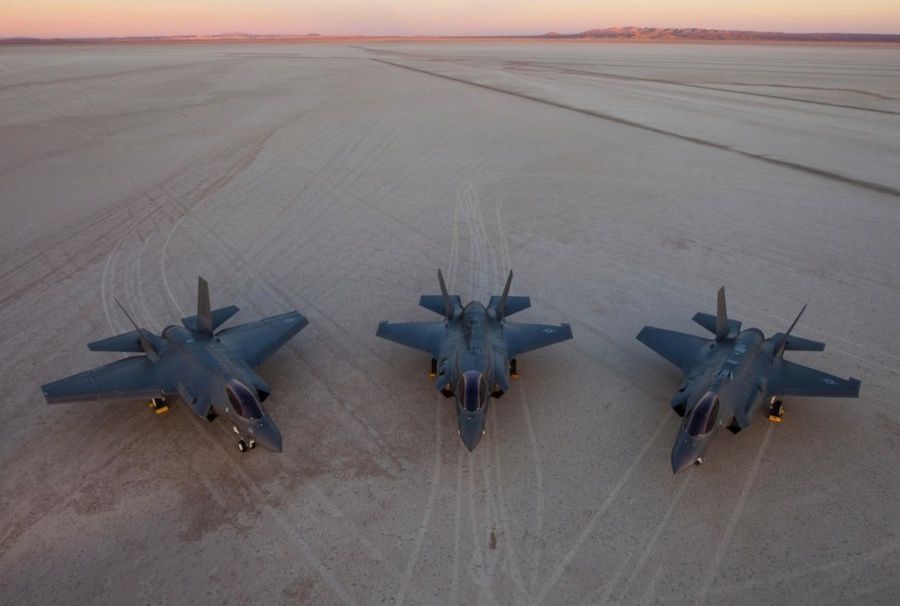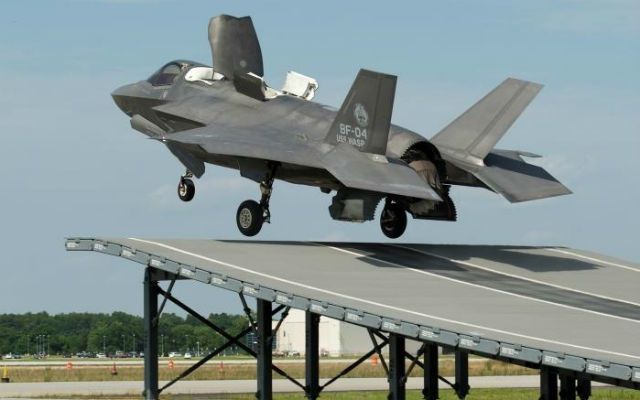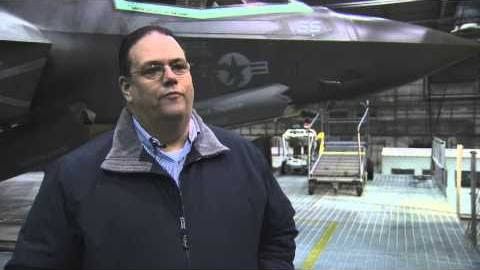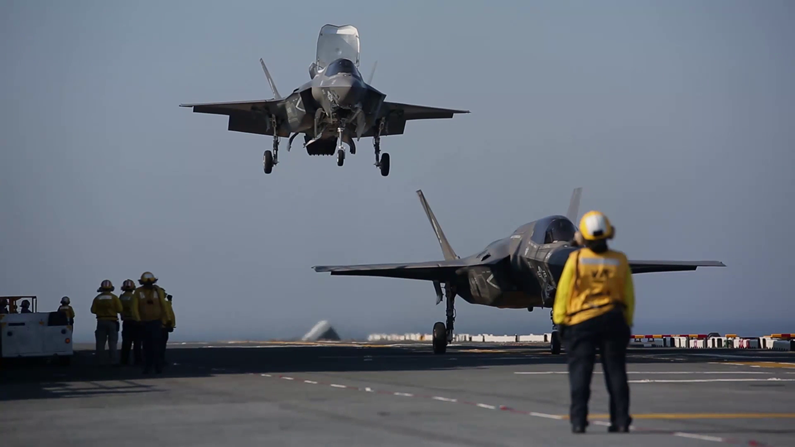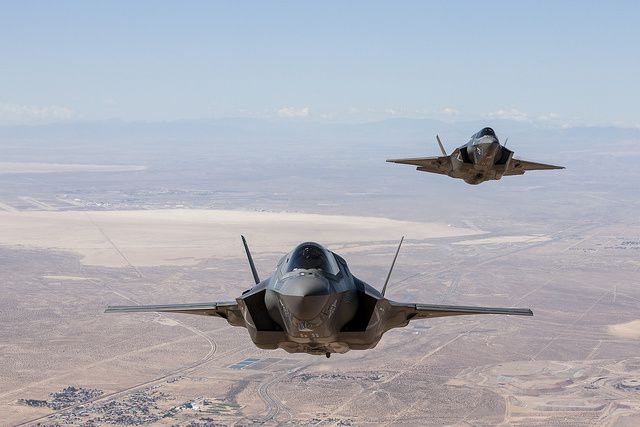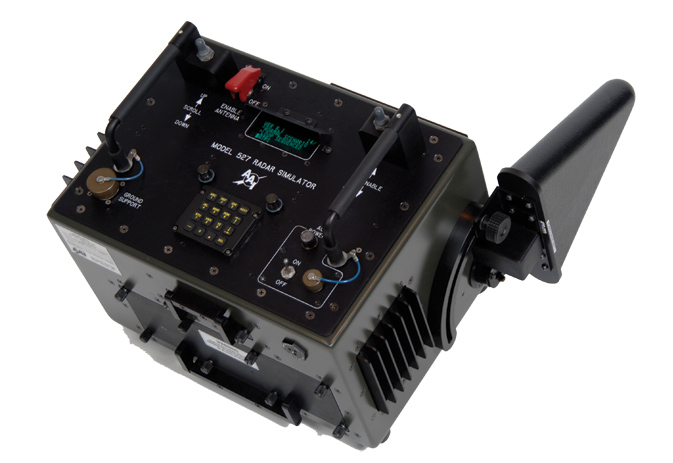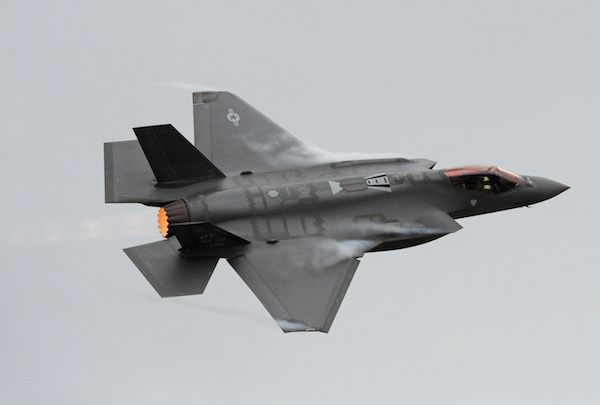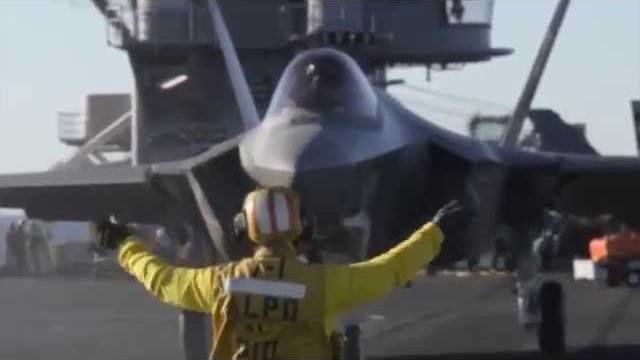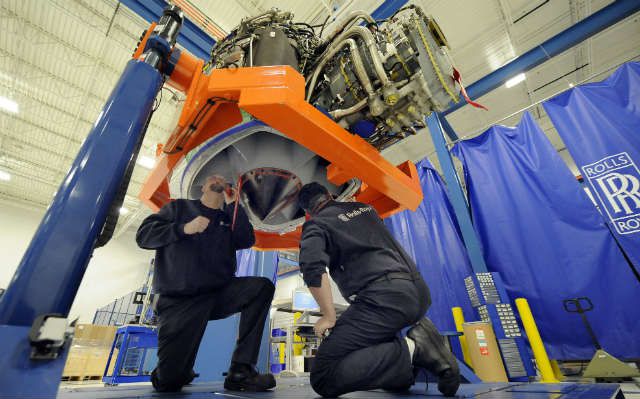CANBERRA, Australia, Feb. 27 by Richard Tomkins (UPI)
Australia announced this week a cooperative development deal with Norway for a Joint Strike Missile for F-35s and a strategic alliance with the Airbus Group.
The agreement with the Norwegian government aims to introduce the maritime strike missile by Kongsberg Defense and Aerospace on F-35 Lightening II fighters in the early 2020s.
"Although far apart geographically, Norway and Australia share many of the same challenges," said Norwegian Minister of Defense Ine Eriksen Søreide. "We are both maritime nations on the periphery of our immediate regions, with a large land mass and even larger maritime territories, yet relatively limited populations. This means that we have to maximize the effects of the capabilities that we invest in to ensure that they cover as much of the spectrum of operations as possible."
Norway and Australia are both obtaining F-35 jets from the United States. So far, Australia has ordered 14 of the aircraft; Norway is purchasing as many as 52.
Australia has not yet committed to purchasing the missile but Australia's early participation in a cooperative JSM development program would "maximize the cost effectiveness of Australia's contribution, and ensure the weapon capability is developed and integrated onto the F-35A in the timeline required by Australia, should the Joint Strike Missile be ultimately considered for acquisition by government later this decade," said Australian Defense Minister Kevin Andrews.
Australia, as with Norway, supplies a number of components and systems for the fighter, which is being produced by a Lockheed Martin-led team involving multiple nations, including Britain, Turkey and Israel.
Australia's first two F-35s were delivered last year and are currently based at an F-35 pilot training center in the United States.
"The (Norwegian) JSM is already a very capable missile, but with the support of Australia, we hope to make it even better, Eriksen Soreide said. "Though Australia is still a few years away from making any final decisions on its future maritime strike capability, we are encouraged by the interest they have shown for both the missile and for the capabilities of Norwegian industry.
"We should now continue talks between our two governments, and aim to formalize this agreement in the near future."
The Norwegian minister visited Australia earlier this week.
The Joint Strike Missile is a long-range precision strike weapon that was designed to fit within the internal weapons bay of the F-35. It features advanced navigation, a passive infrared seeker, low signature and enhanced maneuverability.
Australia will provide Norway its expertise in missile control and guidance systems for the JSF weapon.
Under the second agreement between the Australian Department of Defense's Science and Technology Organization and Airbus Group Australia Pacific, the two are to collaborate on a variety research and development projects in the area of aerospace defense technologies.
DSTO said the collaboration deal, signed at an aerospace exhibition in Australia, would specifically focus on aircraft defense and communications.
"Our collaboration with Airbus Group will ensure the highest levels of support for the ADF's (Australian Defense Force's) future aerospace systems," said DSTO Chief Defense Scientist Dr Alex Zelinsky.
Added Airbus Group Australia Pacific Managing Director Jens Goennemann: "Airbus Group has been good friends and business partners with DSTO for a long time and this strategic alliance can only enhance that successful relationship.
"Combining Airbus Group's aerospace expertise with DSTO's scientific innovation will lead to increased Australian defense capabilities in the future."






/image%2F0547456%2F20150911%2Fob_5ac98f_f-35a-us-air-force-test-aircraft-loc.jpg)
/image%2F0547456%2F20150911%2Fob_00f3d6_avion-ravitailleur-kc-46-de-boeing-de.jpg)


